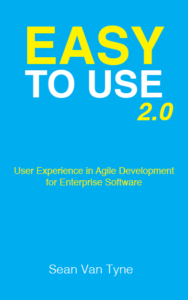Building a Loyal Brand
“An important part of building a loyal base is knowing who is (and who should be) a part of it. Then it’s a matter of supplying those people with a great experience every single time they interact with your brand.” – Tom Klien, CMO at Mailchimp What does it take to create a brand that … Read more









